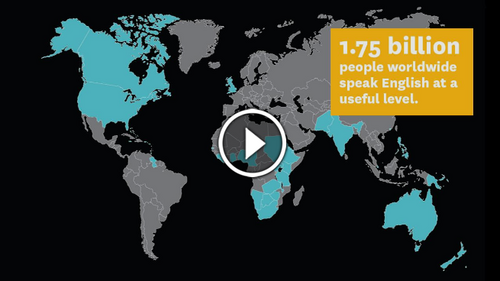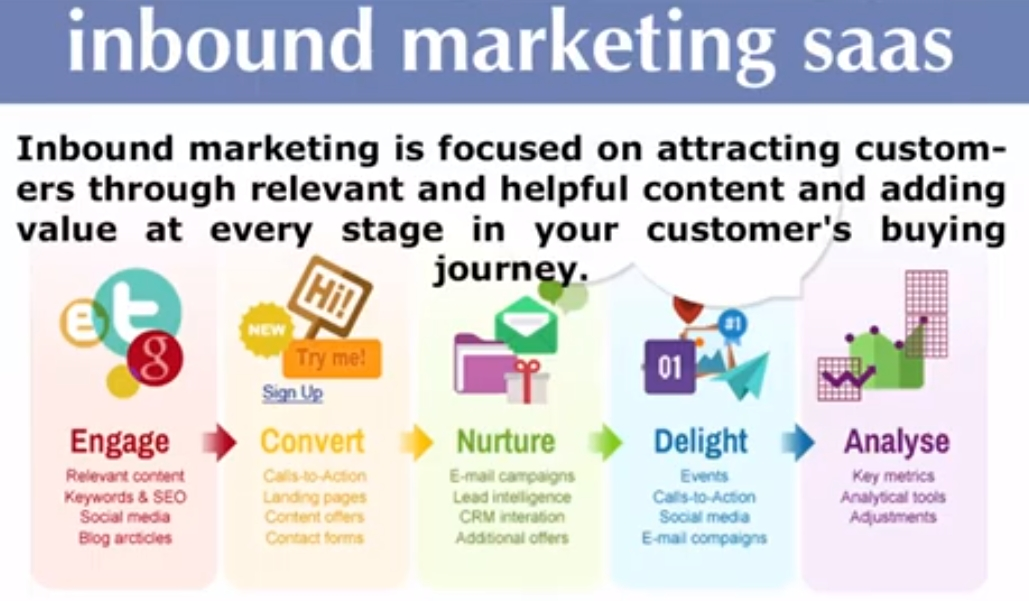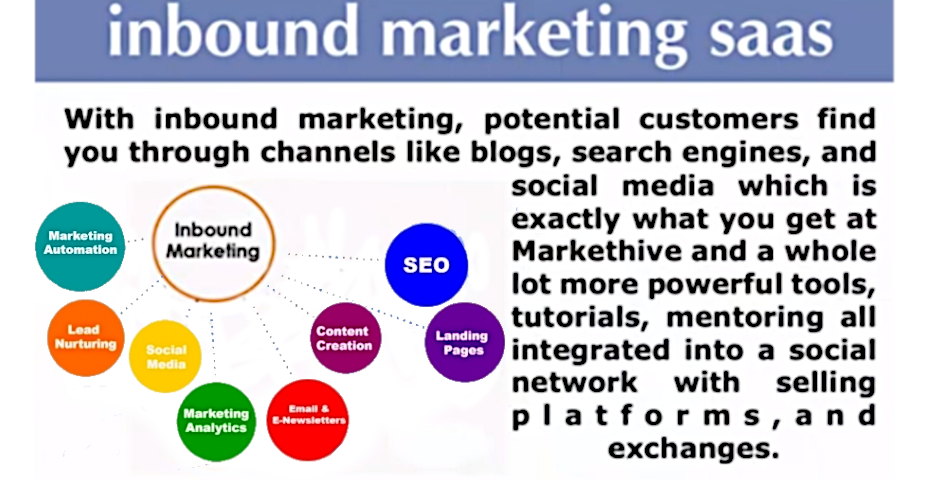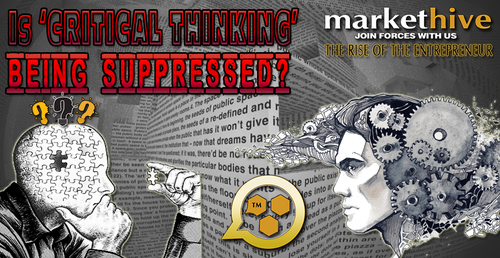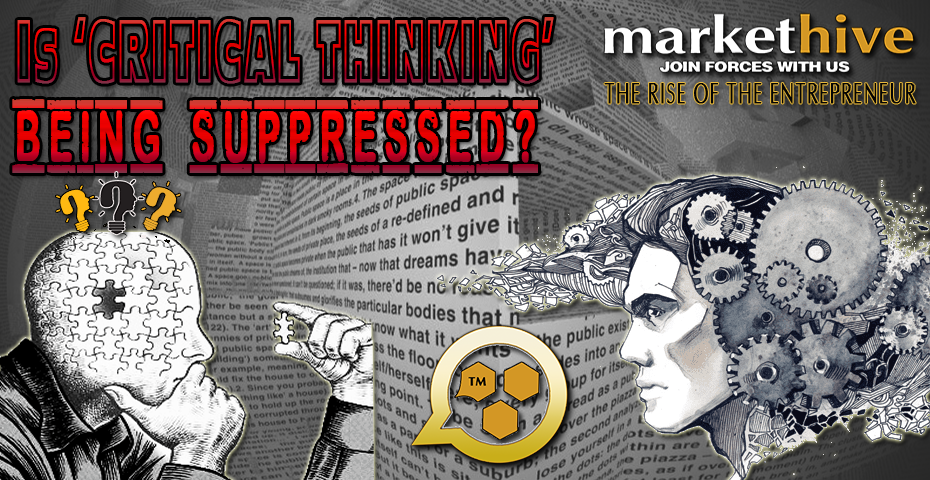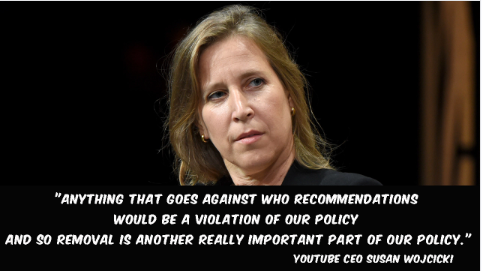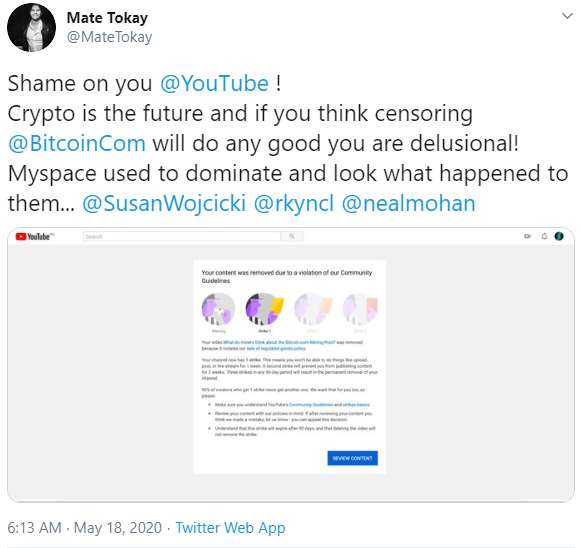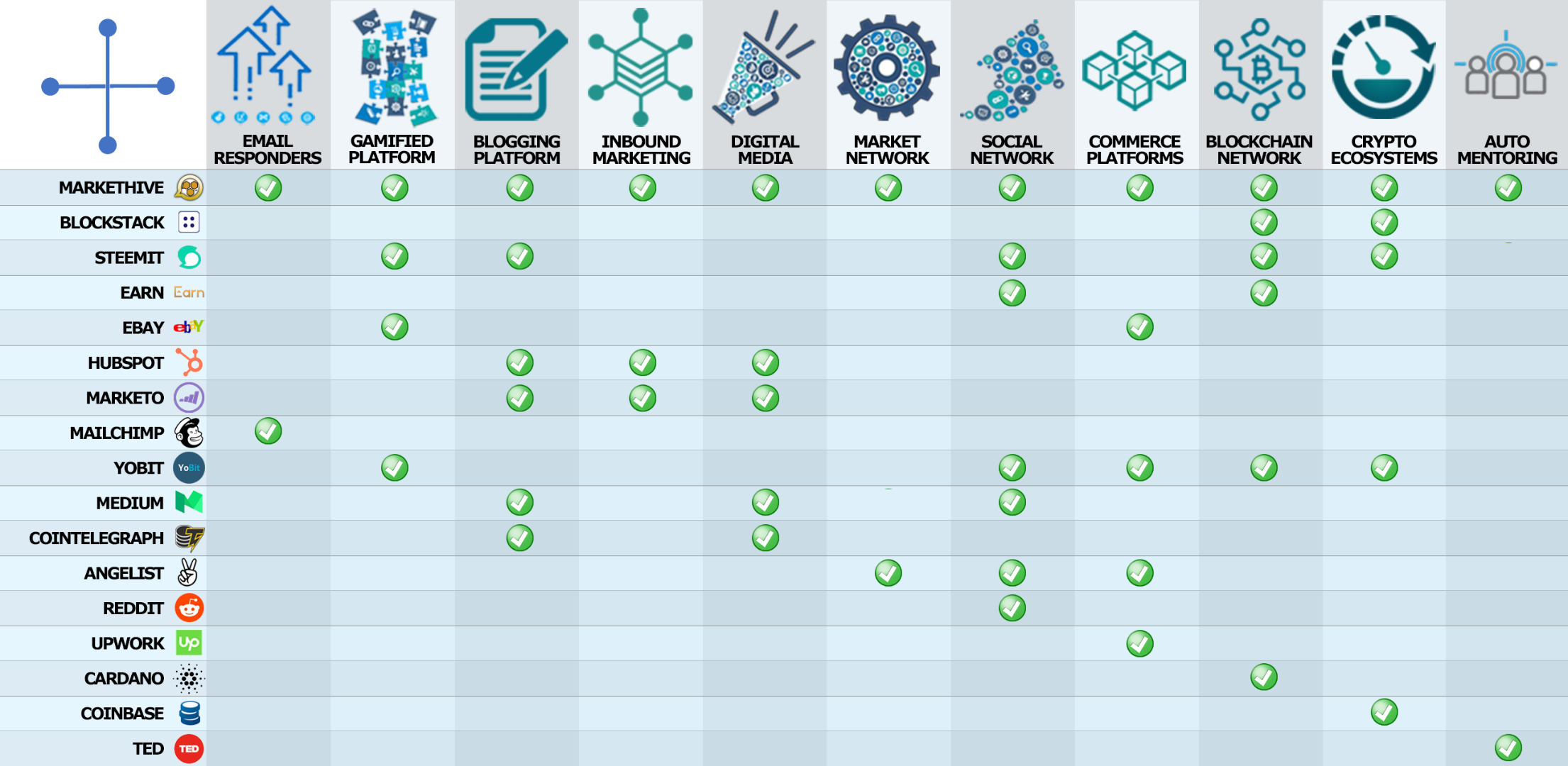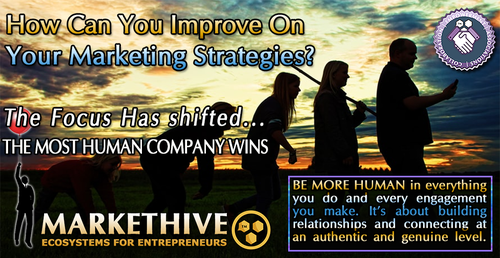
HOW CAN YOU IMPROVE ON YOUR MARKETING EFFORTS?
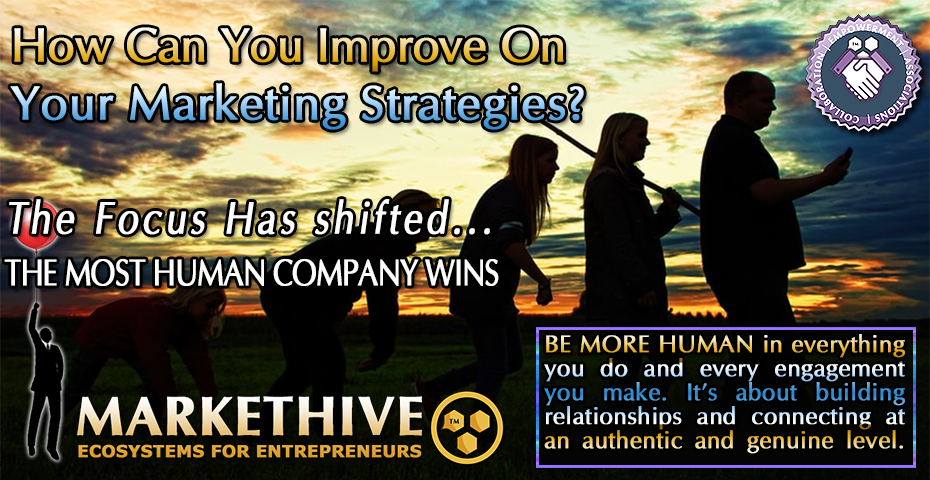
MARKETING HAS EVOLVED OVER THE LAST 100 YEARS, SO WHAT'S NEW?
I came across an interesting theory by Mark Schaefer, Blogger, and Keynote Speaker of all things marketing, and I thought it was quite on point. This puts a broader perspective on how we conduct our marketing efforts and how things have changed over the last 100 years.
The role of marketing is changing dramatically. We are in the third rebellion where consumers are now in control. The customers are telling our stories. The customer is the marketer.
Back in the 1950s, advertising was a promise to consumers. An extraordinary promise and generally people just took the advertisers at their word. They’ve believed their claims. Advertising started to heat up and as the competition became more fierce, these claims became more remarkable until they became just lies. So the first consumer rebellion was "the end of lies".

The advent of the second rebellion came around the mid-’90s by the sound of a phone line dial tone connecting to the internet signal. It was the dawn of the information age and enabled by technology, where anybody could gather info on any company or government that left the companies terrified. Now the consumers can do their own research, compare products and claims. This was the second rebellion, led by technology, "the end of secrets".

Now we’re in the third rebellion, "the end of control". Today we are experiencing that consumers are now in control. They are a lot more skeptical about what they’re are being told through bold advertisements, so now what? What does a business do to win over a customer these days?
Before the internet, we mostly kept our brand experiences to ourselves. Maybe we told a few people in our innermost circles. Only a minority of people were motivated to complain or compliment the brand, wrote, or called the company. Once the internet arrived, a few more emailed companies their thoughts.
Then came social media.

Image by contentgroup
In the mid-2000s as Facebook, Twitter, and YouTube launched, marketers discovered that not only could they advertise there, but consumers could express their feelings and share their experiences with brands there. Suddenly consumers had the same kind of broad media platform that brands had enjoyed for years. Social media reversed the communication flow of brand messages and turbocharged it.
Social media is producing little pockets or groups of consumers engaging and sharing positive or negative information about their experiences of any given brand or company. Markets are now conversations and customers are in control of those conversations. Businesses can no longer buy their way in, they need to be invited and that’s what marketing is about today.
How Can We Connect With Potential Customers?
We can go to the core of where our customers are who are sharing their thoughts or grievances with their peers. By listening and engaging more on channels such as social media, customer support, forums, and the like, we can experience and understand the consumers’ point of view.
Connecting with them through writing blogs and articles, consistently, of interesting and relevant information will create an authoritative presence, perhaps meet a customer’s need and provide a solution that perhaps can’t be recognized in a short advertising message. This is otherwise known as content marketing which can create conversations and is a good way to be invited into the consumers’ hearts and minds.
We can’t always control what people think of our brand, but we are able to influence it and reduce any negative experiences by being present and mindful of consumers’ perspectives. It’s a known fact that solving problems can have a greater impact on the individual who will sing your praises and even become a loyal advocate. The humanity that causes consumers to brand experiences also promotes understanding, forgiveness, and enthusiasm.
BE MORE HUMAN in everything you do and every engagement you make. It’s about building relationships and connecting at an authentic and genuine level. The most human company wins.
- It’s not just about our “why.” It’s also about their “why.”
- What is their “purpose”? Many people only buy based on their beliefs.
- Technology should be used to help your company be more compassionate, receptive, fascinating, and useful.
- Marketing isn’t about making promises. It’s about keeping promises.
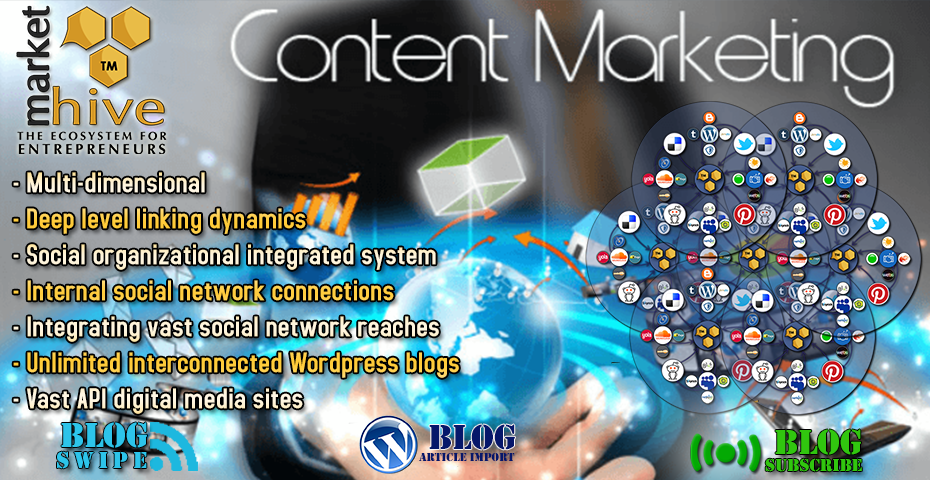
Content Marketing Of All Types Still Rule
There are many different forms of Content Marketing, such as blogging, video tutorials, digital media, email newsletters, white papers, free reports, etc, and yet many people are confused about the entire concept.
Content Marketing means creating and sharing valuable free content to attract and convert prospects into customers, and customers into repeat buyers or loyal followers. The type of content you share is closely related to what you sell, whether it’s a product, a belief, a cause, or a corporate or personal brand. In other words, you’re educating people so that they know, like, and trust you enough to do business with you.
All businesses are now coming online as part of the next normal searching for different and various ways to not only make their presence known but also to offer the best experience for their prospects. Content marketing is a proven way to build an audience that builds your business. Here are some basic principles to note;
- People generally don’t want “advertising” when making purchasing decisions, they want valuable information.
- It’s content that people desire and seek out, and it’s great content that Google wants to rank well in the search results so those people can find your business.
- It’s content that spreads via social networks, generating powerful word-of-mouth exposure for savvy content marketers.
- It’s beneficial content that is the best way to achieve what advertising is supposed to achieve but doesn’t do so well online getting people to know, like, and trust your brand.
Remember, content drives the Internet, and consumers are looking for information that solves a problem, not an immediate sales pitch. Think about how to create content that makes your customers’ lives better, then the trust, credibility, and authority that content marketing creates knocks down sales resistance, all while providing a baseline introduction to the benefits of a particular product or service.
If your content looks like an advertisement, it will be overlooked or thrown away. Make your “advertising” too valuable to throw away by wrapping it in wonderfully beneficial, readable content.
The individuals and businesses that are having the most success online tend to have a high ratio of valuable content that seemingly has no sales agenda, and mixed with periodic promotional messages. They tend to build on a number of blogs answering any questions or allaying any objections they feel a reader or prospective buyer might have even before they realize they need or want to buy a product or service.
You will still need a strong call to action to close the sale, the trick is to keep the balance right. Use your content to build a desire for your product and create a steadfast relationship with your audience, then ask for the sale.
Producing stellar content for your marketing is great, but that’s only one part of the equation…

The Other Part Of The Equation
Your content must then be properly leveraged to help you acquire customers. Even great content doesn’t distribute itself. It needs a vehicle for people to pass it along or share it, discuss its merits, hash over its controversies, blog it, mash it, tweet it, and even swipe it.
Social media is a prime platform to distribute your content along with digital media, and the vehicle to get your content out to multiple platforms across the internet is the next generation inbound marketing platform and social network, Markethive. But blockchain-driven Markethive is more than just a vehicle, it’s a place to call home when writing your content. It’s your property and cannot be confiscated.
As Markethive moves forward with its integrations, and upon joining, you receive a (CPanel), control panel, and WordPress system built into your assigned domain, a subdomain of hivesfeed.com AKA username.hivesfeed.com. This way you control all your content, without the worry or hassles of government overreach, and anti-freedom regulations designed to stifle the start-ups and the small entrepreneur. And let’s not forget digital sharecropping…
Digital sharecropping is a term coined by Nicholas Carr to describe a peculiar phenomenon of Web 2.0.
“One of the fundamental economic characteristics of Web 2.0 is the distribution of production into the hands of the many and the concentration of the economic rewards into the hands of the few.”
In other words, anyone can create content on sites like Facebook or LinkedIn, but that content effectively belongs to the company. The more content we create for free, the more valuable the company becomes. We do the work, they reap the profit. So effectively, these companies become your landlord.
What if you moved all of your marketing to a site like Facebook? It’s local, it’s free to sign up, and it makes businesses feel like they’re doing something avant-garde.
But what happens when Facebook thinks you’ve done something that violates their terms of service and deletes your account? Or changes the way you’re allowed to talk with your customers?
“If you’re relying on Facebook or Google to bring in all of your new customers, you’re sharecropping. You’re hoping the landlord will continue to like you and support your business, but the fact is, the landlord has no idea who you are and doesn’t actually care.”
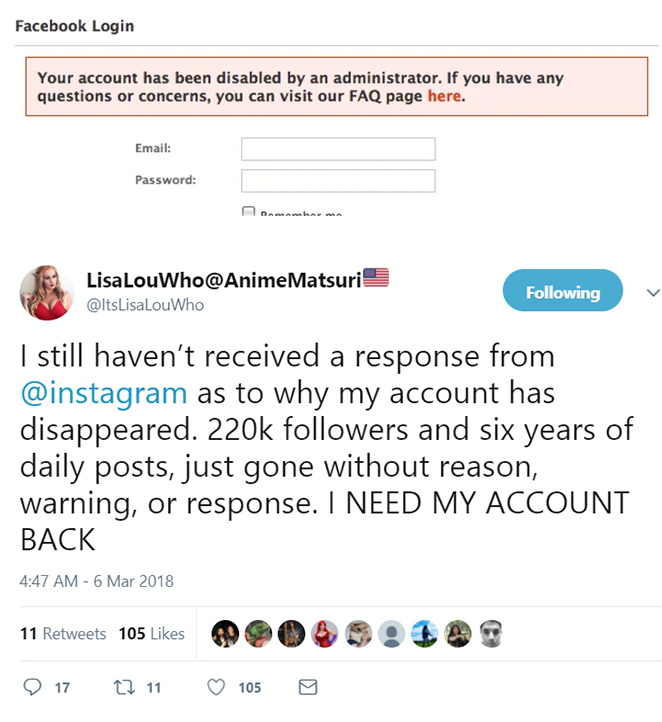
Build Assets You Can Control
Many content creators and bloggers have put millions of hours into their craft only to find it deleted and their internet presence and followers wiped out… myself included. But providing you have a safe haven to create and publish your content, then platforms like Facebook, Google, LinkedIn, Twitter, Pinterest, and many more search and social sites are all superb tools to add to your marketing mix.
The thing is you will want to spend most of your time and creative energy building assets that you control.
There are three assets you should be building today and should continue to focus on for the lifetime of your online business or creative passion you want to share and continually build a following, which Markethive can help you with…
- A well-designed website or storefront with your own domain.
- An opt-in email list with a high-quality autoresponder
- A reputation for providing impeccable value

Free System – Free Speech – Autonomy
What makes Markethive different is that it’s built on a transparent blockchain system, the platform is completely decentralized delivering on our principles of privacy, transparency, autonomy, and free speech. Markethive is not spying on you, shadow banning you, or terminating accounts because of your opinions or beliefs.
Whether you’re a Trump supporter or cryptocurrency enthusiast Markethive has no hidden agendas. We are a collaborative community that wants everyone to succeed in their own right. Furthermore, with the KYC and wallet coming into play soon, fake and hacking accounts that can result in the termination of an unwitting and innocent individual along with years of their hard work, will be a thing of the past and left behind with the social media of Web 2.0.

Monetizing Your Personal Brand On The Internet
Monetizing your personal brand can take a considerable amount of time. Many aspiring bloggers and podcasters have the misconception that they can make money from their newly created blog or podcasting platform in a matter of weeks or months, but you need to build a sizable audience that cares about you and that just can’t happen overnight.
Successful people across a wide range of industries have stated it takes tenacity, persistence, and resilience and you need to adopt a three-year mindset to achieve meaningful success with your personal brand. You just establish your voice, create that content, and keep grinding it out, year after year. Eventually, if you work hard and stick with it, you can gain enough critical mass to monetize an audience. It’s not that easy.
Monetizing Your Personal Brand On Markethive
By utilizing Blockchain Technology, Markethive is able to reward the hardworking content creators by paying you for writing and publishing your blogs instantly and continuously. This is all part of the micropayment faucet system within Markethive. Additional benefits include receiving MHV Coin by your readers which adds more value to bloggers who have increased subscriber levels.
Furthermore, Markethive pays you to sign up, it pays you to use the social media platform with every post and activity you perform. It also pays you to promote it. Remember Markethive is built on the Blockchain and this is why they can pay you and offer you the security and privacy other platforms don’t. This makes it so much easier to earn an income online while furthering your influence and building your personal brand with no fear of ever having it taken away from you.
Go sign up, it is free to use all the marketing and blogging tools, get paid 500 MHV Coins on joining and enjoy the tipping feature. Yes, that’s right, we at Markethive “Tip” Instead of “Like”. It stands to reason if they tip you they like you. This is creating universal income for all entrepreneurs who are active.

The Complete Social Market Network of Web 3.0
Markethive, The Complete Social Market Network that is built for the people, is becoming well-known for its generous Infinity Airdrops and continuous micropayments faucet system so it really does PAY to be active and engaged.
By joining Markethive you build relationships with thousands of other like-minded individuals who are actively building a business, blogging, researching, building an audience and their personal brand, etc. basically being “entrepreneurs” and advancing their businesses. You can join with these people as friends, group members, and subscribers of theirs via Blog Casting, Blog Sharing, and Blog Swiping.
The Markethive Community is exploding and at the heart is a collaborative and supportive ethos that gives a real helping hand to those that are just starting out and is a treasure trove of new technology revenue-generating systems for the seasoned marketer.

Deb Williams
A Crypto/Blockchain enthusiast and a strong advocate for technology, progress, and freedom of speech. I embrace "change" with a passion and my purpose in life is to help people understand, accept, and move forward with enthusiasm to achieve their goals.
Resources: Mark Schaefer; Copyblogger




